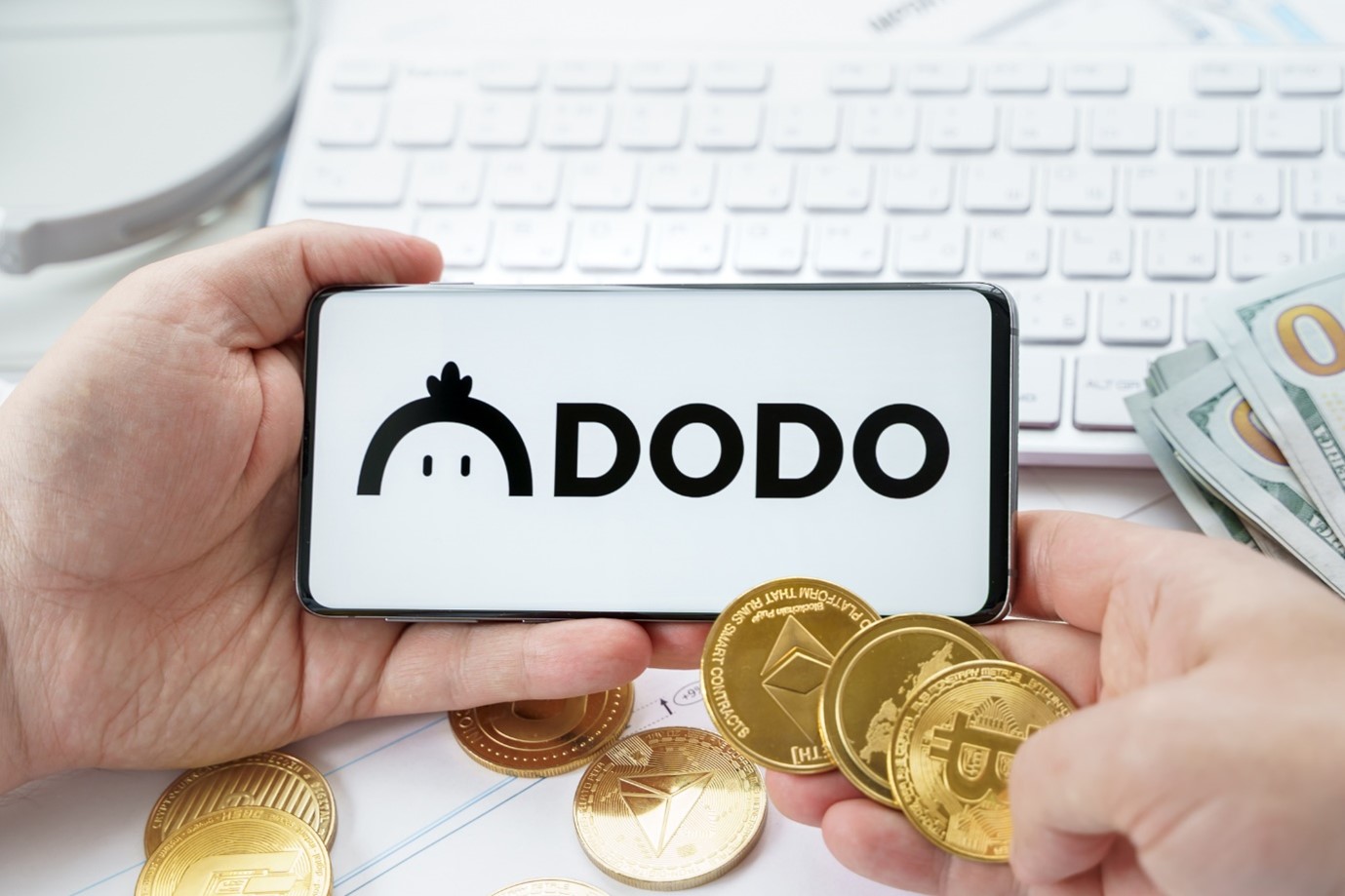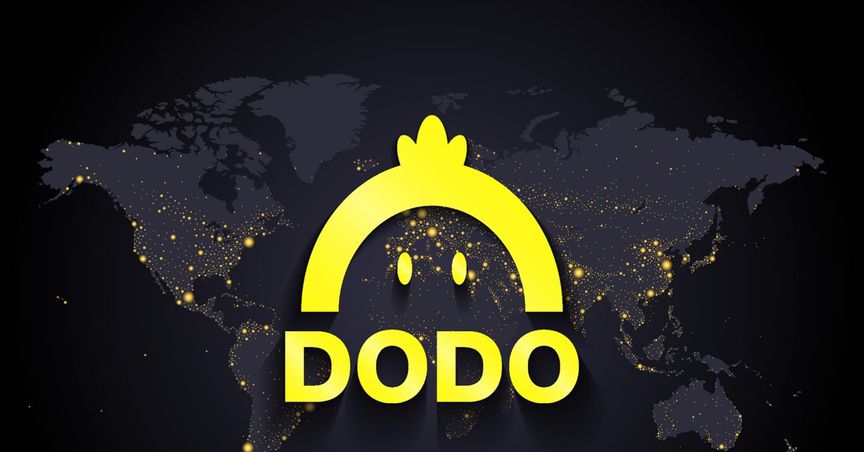Highlights
- DODO is a decentralised exchange that provides on-chain liquidity.
- DODO utilises Proactive Market Makers algorithm.
- DODO has bought back and distributed DODO tokens recently.
The global crypto market has improved a tad after encountering significant selling pressure earlier this month. Today (25 May 2022), the crypto market cap has gained 0.75% in the last 24 hours. However, the trading volume decreased by 18.14% to US$69.01 billion, according to CoinMarketCap. Bitcoin (BTC) was up by 1.83% over the last day, while Ethereum was in red, down 0.10% at the time of drafting this piece.
One altcoin, DODO crypto, the native token of decentralized finance (DeFi) protocol and on-chain liquidity provider DODO, has been trending today. It was up by 19.86% in the last 24 hours with a 277.23% surge in the trading volume. The market cap of this virtual asset is over US$20 million, and fully diluted market cap is over US$181 million, according to CoinMarketCap.
Despite today’s gain, DODO is 97.88% below its all-time high of US$8.51, recorded on 20 February 2021. With the max supply of 1 billion, this digital token has generated an ROI of 187.915%, since its launch in August 2020, according to CoinMarketcap.
Although there is no specific reason that can be assigned to today’s spike in DODO crypto, it could be because of the recent buyback done by the company. As per the information available on DODO site, it just completed its 11th buyback and distribution. 459,0001 DODO coins were bought back for US$70,654 and then transferred to the DODO smart contract. The buyback may have resulted in today’s spike in DODO crypto price. However, it can not be said right now that this trend will persist in the crypto.
Suggested reading: Why is LCX (LCX) crypto gaining attention?
Before we proceed further, let’s understand what is DODO network and how it works?
DODO solving a problem

Image source: © Malirvik | Megapixl.com
One of the biggest issues in the decentralised finance (DeFi) sector is maintaining liquidity. Uniswap evolved and introduced AMM (Automated Market Maker) to solve the issue, and the rest of the networks adopted the solution. Then came DODO, which offered a different solution known as PMM (Proactive Market Maker) and claimed that it is better and more efficient than AMM.
Must read: What is LockPay and is it a pump and dump scheme?
PMM algorithm is a pricing mechanism which is similar to human trading. It utilises oracle to collect market prices of digital assets. Then it ensures a specific amount of liquidity to fulfil potential orders. Briefly, it creates liquidity on the basis of need, making it more precise.
According to the DODO’s whitepaper, the network offers the best liquidity to trade all types of virtual assets like mainstream, long-tail, fungible, non-fungible, external and internal across multiple chains.
Do read: Why Ampleforth Governance Token’s (FORTH) trading volume surged 2000%?
DODO’s decentralised exchange has a range of products, such as crowd pooling, mining, pools and SmartTrade trading and aggregation. SmartTrade highlights the best price for the traders, crowd pooling, ensures equal-opportunity token distribution, and through liquidity mining, the investor can earn DODO rewards when assets are staked on the network.
DIP-3 was implemented by the DODO network on 8 July 2021, under which 80% of the trading fee was distributed amongst the liquidity provider, 15% was used for token buyback, and 5% was used to fund the community treasury.
Risk Disclosure: Trading in cryptocurrencies involves high risks including the risk of losing some, or all, of your investment amount, and may not be suitable for all investors. Prices of cryptocurrencies are extremely volatile and may be affected by external factors such as financial, regulatory, or political events. The laws that apply to crypto products (and how a particular crypto product is regulated) may change. Before deciding to trade in financial instrument or cryptocurrencies you should be fully informed of the risks and costs associated with trading in the financial markets, carefully consider your investment objectives, level of experience, and risk appetite, and seek professional advice where needed. Kalkine Media cannot and does not represent or guarantee that any of the information/data available here is accurate, reliable, current, complete or appropriate for your needs. Kalkine Media will not accept liability for any loss or damage as a result of your trading or your reliance on the information shared on this website.



